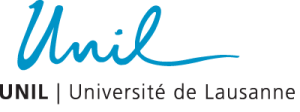



Welcome!
In 2015, ESA published its Strategy for Space Exploration based on the 4 strategic goals endorsed at the Council meeting at Ministerial level in December 2014 through adoption of the resolution on the ESA Space Exploration Strategy and related to areas (science, economic growth, inspiration and global cooperation) in which space exploration could create concrete opportunities to deliver benefits for society. To create and capitalise on those opportunities, ESA is taking a more proactive role in fostering synergies between space and terrestrial R&D activities, and initiated the “ESA Open Innovation Exchange” project. The project intend to raise awareness on scientific and technical research of common space/non-space interest, better define ESA Technological Programs, and possibly investigate collaborative partnerships identified during vis-à-vis events between ESA and non-space industries. As an initial phase of a more articulated effort, ESA is organising a series of Workshops/Forums addressing different scientific and technological fields, pertinent to both space and terrestrial applications. In particular, the Closed Habitats Forum is targeting the synergies in the field of resource (mainly water, air, food, waste, energy) sustainable management and safety (i.e, safe use by humans).
Help us in shaping a sustainable future!
Forum objectives
The purpose of the Closed Habitat Forum is to foster synergies between terrestrial and space exploration’s sciences, R&D and technologies in the field of resource sustainable management and safety (i.e safe use by humans) in order to capitalise on investments in Life Support Systems and Space Exploration activities for civil markets/societal benefits (including emerging societal challenges) and leverage on terrestrial research for space exploration.
The ESA Closed Habitat Forum aims at engaging terrestrial and space industrial communities to:
- Initiate a dialogue on scientific and technical research of common interest.
- Strengthen European collaboration and excellence in science and technology R&D.
- Incentivize non-space industry to engage in space activities and with ESA.
- Create a steady flow of collaborative partnerships (spin-ins and spin-offs).
- Foster creativity, innovation and new markets derived from the field of space exploration R&D.
- Foster the creation of a European community in this specialized field and build knowledge and momentum in Europe among this community for space exploration.
- Put a particular attention on potential contribution to essential technologies identified for emergency civil population situations.
The Forum will feature 3 technical sessions addressing key themes in the field of resource sustainable management and safety.
Sustainable resource management
The splinter session will focus on material and energy flows, with a closer look on how these flows can be looped and intertwined to achieve a more sustainable resource management. In space, extremely efficient closure of Life Support Systems is vital for long-term viability of the habitats. On Earth, more efficient recycling processes as well as more efficient use of resources are key challenges regarding sustainability. Water, air, food, and waste management will be addressed, as well as the integration of eco-technologies into a fully functional closed habitat for space or terrestrial environments. More specific discussion topics may include re-use of wastewater in the context of precision and urban farming, atmospheric CO2 valorisation into organic chemical compounds through biorefinery processes, as well as bioremediation and micropollution removal. Topics related to industrial ecology and circular and green economy, addressing resource valorisation, and material and energy flows at larger scale, will also be discussed in this splinter session.
Sustainable habitat
The splinter session will be focusing on the habitat itself, the “shell” hosting the above mentioned processes. Modular, multifunctional, small and yet habitable space habitats are key components of space missions. More sustainable terrestrial habitats, in particular in dense urban environments, are also becoming essential challenges to be addressed regarding sustainability. Both construction and design of sustainable habitats will be addressed. More specific discussion topics may include ecomaterials, advanced materials and bio-inspired architecture, as well as habitability, ergonomy, and autonomous habitat.
Smart monitoring and system control
The splinter session will be focusing on monitoring and regulation of the material and energy flows that circulate within a truly smart habitat. In space, monitoring the health of the crew and the system control of the Life Support System and of the closed habitat in general is essential for providing a safe environment and thus ensuring the success of the mission. On Earth, smart monitoring technologies are very useful to offer a more personalized and better performed sensing of the environmental conditions of the habitat (such as indoor air quality and habitat surfaces microbiological quality) and inhabitants health status. It also allows to a more elegant use of resources and provides a better quality of life in a healthy habitat.
Keynote presentations will introduce the different technical sessions and serve as catalyst for the following Splinter sessions discussions, during which participants will be asked to answer crucial questions, brainstorm and exchange ideas on the potential links between terrestrial and space activities.
Participants’ contribution will be summarised in the final Forum proceedings and recommendations.
09 June (day 1)
| 13:00 – 14:00 | Registration. |
| 14:00 – 14:30 | Welcome address:
|
| 14:30 – 16:00 | Introductory presentations:
|
| 16:00 – 16:15 | Coffee break. |
| 16:15 – 17:30 | Keynote plenary presentations:
|
| 17:30 – 19:00 | Splinter sessions – Part I – Brainstorming, animated* by:
|
| 19:30 | Working Dinner on UNIL Campus. |
10 June (day 2)
| 09:00 – 09:30 | Welcome coffee. |
| 09:30 – 10:15 | Keynote plenary presentation:
|
| 10:15 – 11:30 | Splinter sessions – Part II – Consolidation. |
| 11:30 – 12:30 | Splinter sessions – Part III – Wrap-up |
| 12:30 – 14:00 | Lunch at Amphimax building. |
| 14:00 – 15:00 | Plenary session : main outcomes from the splinter sessions. |
| 15:00 – 16:00 | General conclusions – Next steps:
|
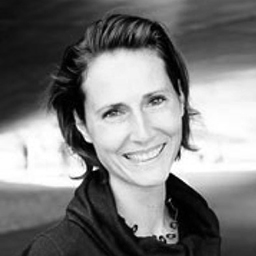 Marilyne Andersen
Head of Interdisciplinary Laboratory of Performance-Integrated Design (LIPID)
Dean, Architecture, Civil and Environmental Engineering School
Ecole Polytechnique Fédérale de Lausanne (EPFL), Switzerland
Member of the Scientific Committee
Keynote speaker (Splinter 2) |
 Suren Erkman
Head of Industrial Ecology Group
Vice-Dean for research, communication and quality
Faculty of Geosciences and Environment
University of Lausanne, Switzerland
Member of the Scientific Committee
Keynote speaker (Splinter 1) |
 Jean-Pierre Flandrois
Professor
Bioinformatics, Phylogeny and Evolutionary Genomics Group
Université Claude Bernard Lyon 1, France
Keynote speaker (Splinter 3)
|
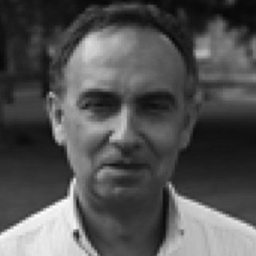 Francesc Gòdia
Professor of Chemical Engineering
Overall Manager of the MELiSSA Pilot Plant
Universitat Autònoma de Barcelona, Spain
Member of the Scientific Committee
Moderator (Splinter 3) |
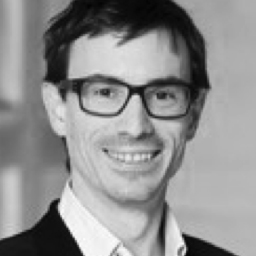 Guillaume Habert
Professor, Chair of Sustainable Construction
Swiss Federal Institute of Technology, Switzerland
Keynote Speaker ( splinter 2)
|
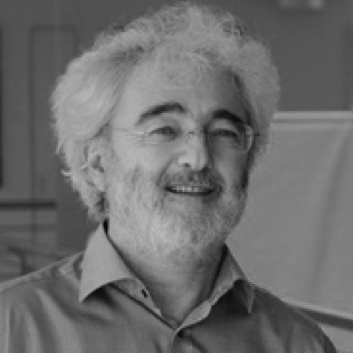 István Kenyeres
President
BIOPOLUS Institute, Hungary
Member of the Scientific Committee
Moderator (Splinter 1) |
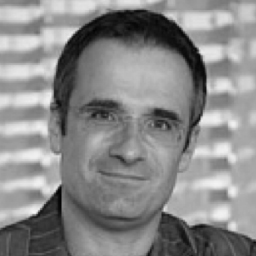 Nicolas Henchoz
Director
EPFL+ECAL Lab, Switzerland
Keynote Speaker
|
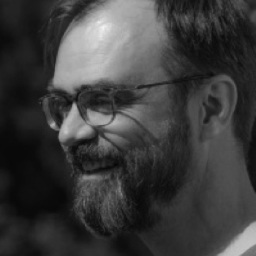 Denis Lalanne
Head of Human Centered Interaction Science and Technology
University of Fribourg, Switzerland
Keynote speaker (Splinter 3)
|
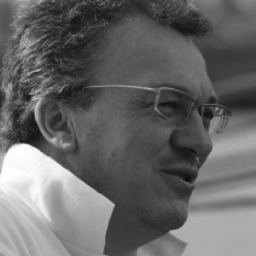 Christophe Lasseur
Life Support R&D Coordinator
European Space Agency, The Netherlands
Member of the Scientific Committee
|
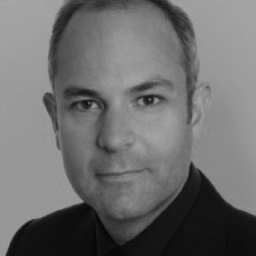 Russell Loveridge
Managing director
NCCR Digital Fabrication, Switzerland
|
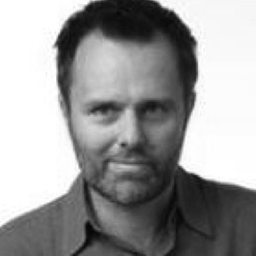 Olivier Scheffer
R&D Director
XTU Architects, France
Moderator (Splinter 2)
|
 Martin Wilderer
Chief Operating Officer
EQi, United Kingdom
Member of the Scientific Committee
|
Organisation CommitteeAlessandro Bergamasco (ESA) Théodore Besson (UNIL) Suren Erkman (UNIL) Sylvie Ijsselstein (ESA) Brigitte Lamaze-Lefebvre (ESA) Christophe Lasseur (ESA) |
Scientific CommitteeChair
Prof. Francesc Gòdia Istvan Kenyeres Martin Wilderer |
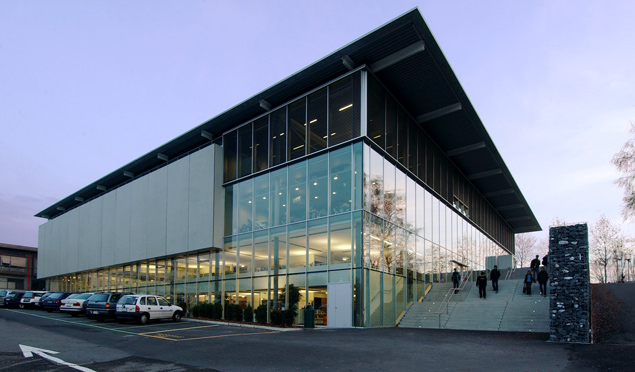
Amphimax building
University of Lausanne (UNIL)
University of Lausanne
Quartier UNIL-Sorge
CH-1015 Lausanne
Switzerland
Strategic Planning and Outreach Office
Human Spaceflight and Robotic Exploration
ESA / ESTEC
Keplerlaan 1 – 2200AG Noordwijk – The Netherlands
© 2016 European Space Agency. All rights reserved.


